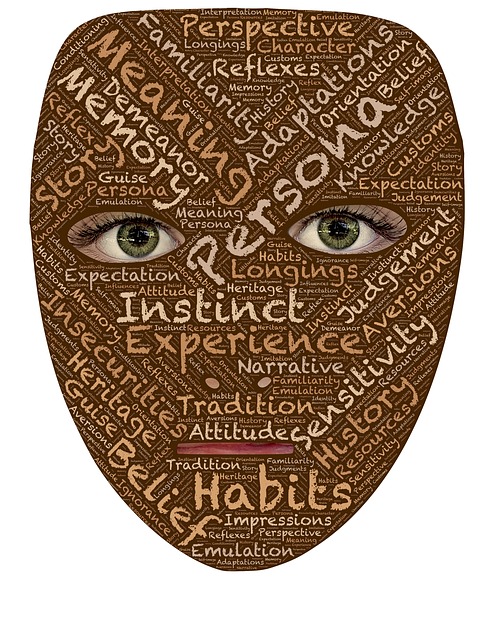Expectations, our own or that of others, can be good. They help us to extend ourselves, go beyond our comfort zone and realise our potential in the various endeavours of our life. However, when expectations become too great, they can be disabling and damaging to our physical and mental health. Excessive expectations can lead to unhealthy levels of stress and the attendant negative impacts on our bodies and minds.
Previously, I discussed the tyranny of expectations, drawing on a blog post by Phillip Moffitt, author of Emotional Chaos to Clarity. In this post, I want to focus on the disabling effects of expectations when expectations become too great. Recent events at the 2020 Tokyo Olympics is the catalyst for this reflection.
Impact of excessive expectations on elite athletes
During the Tokyo Olympics what struck me was the number of elite athletes whose performance was adversely affected by excessive expectations, their own and that of others. An athlete who readily comes to mind is Ash Barty.
Ash Barty, world No. 1 tennis player, was beaten in the first round of the Olympic women’s singles by world No.48, Sara Sorribes Tormo. The straight sets loss created a media storm. Barty commented after the match that “she wanted to do really well” at the Olympics but her game was “too erratic” – she made an uncharacteristic 55 unforced errors. The expectations of others around Barty’s performance prior to the Olympics constantly made headlines in the press – she was Australia’s only guaranteed gold medal hope and would meet Osaka in a classic final that would decide who was the real world No.1 tennis player. Barty admitted after the match that she felt the stress of expectations but did not perform at her normal best.
What was interesting as an observer, was her failure to demonstrate her normal trade-mark skill of being able to assess an opponent’s strategy and adjust her own game if things were not going well. As Phillip Moffit points out in his book, excessive expectations can lead to “emotional chaos” at the expense of clarity – the resultant excessive stress can lead to “frazzle”, a state of conflicting thoughts and emotions, blocking out access to personal creativity in the situation.
Ben Crowe, Barty’s mentor and performance coach, makes the point that one of Barty’s great strengths is her capacity to block out distractions which can take the form of expectations, who is watching the match or any multitude of things that draw attention away from the present moment. Ben sees his job in part as helping Barty to manage distractions and he gives her feedback after a match about his observations of how she has handled distractions during a match (drawing on both displayed non-verbal behaviour and performance level). He stated that one of her “superpowers” is to be able “to separate self-worth from expectations of others”.
As Ben explained, you have no control over the expectations of others and limited control over outcomes. So many things can impact the outcome such as the excessive heat during the Tokyo Olympic tennis matches, the absence of spectators, anxiety about the pandemic and its impacts or personal weariness, ill-health or injuries. Ben observed that being able to separate your own sense of personal worth from outcomes enables you to separate goals/dreams from whether or not you achieve them. He explained that Barty’s sense of her own self-worth is rooted in her foundational values of “being a good human being” who is both respectful and respected. He maintains that her healthy self-confidence flows from a focus on “human-being” over “human-doing” – the being vs doing focus that is prominent in mindfulness.
Reflection
If we define ourselves by our outcomes in whatever arena we operate, we will be captured by the “tyranny of expectations” – our own and that of others. However, if we focus on the process rather than the outcomes and express gratitude for what we have and can do, we are less likely to be caught up in the distraction and disablement of expectations.
As we grow in mindfulness through meditation, reflection and other mindfulness activity, we can become better at paying attention in the present moment, achieve greater clarity about the present situation (however challenging it might be) and tap into our inner resources including our creativity.
___________________________________
By Ron Passfield – Copyright (Creative Commons license, Attribution–Non Commercial–No Derivatives)
Disclosure: If you purchase a product through this site, I may earn a commission which will help to pay for the site, the associated Meetup group, and the resources to support the blog.










